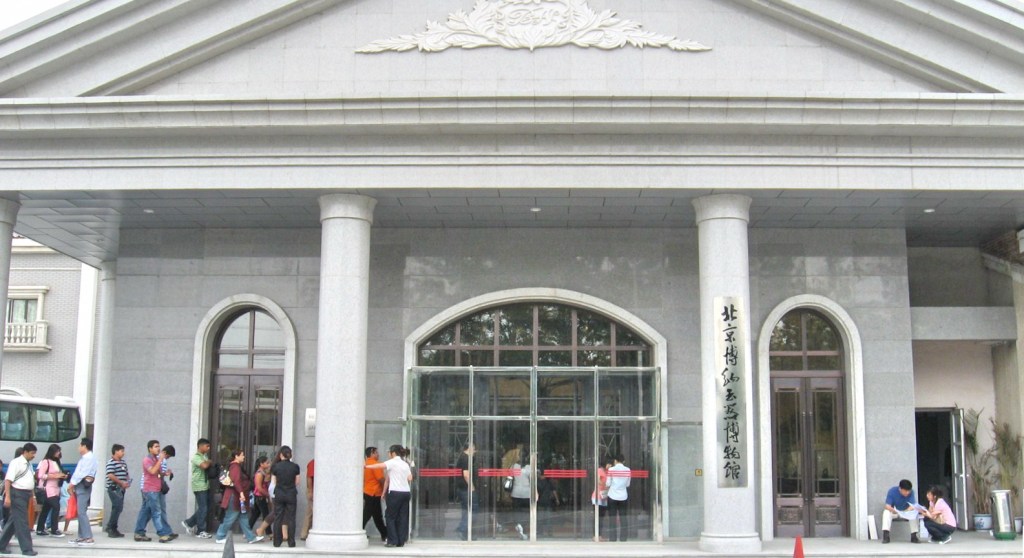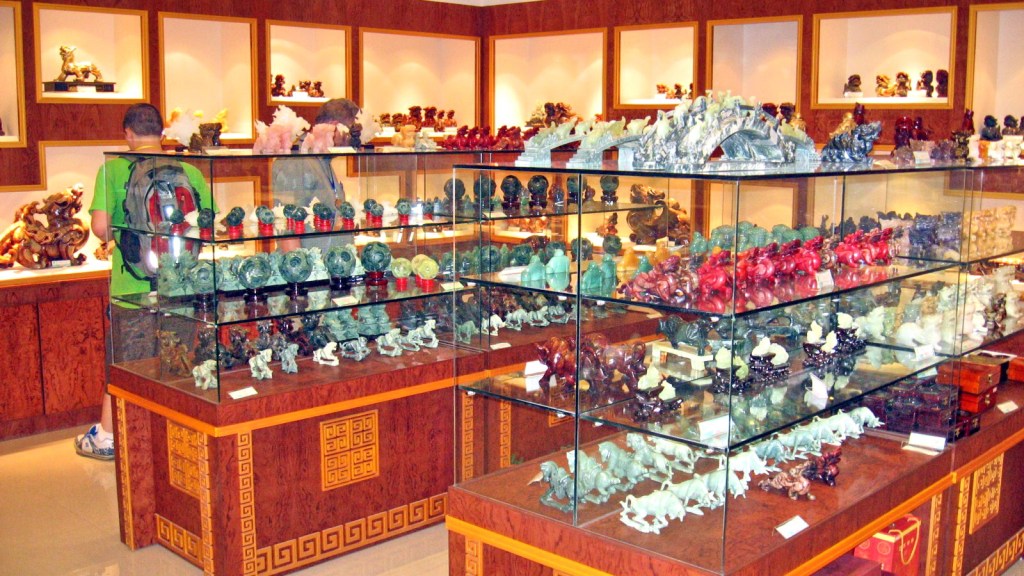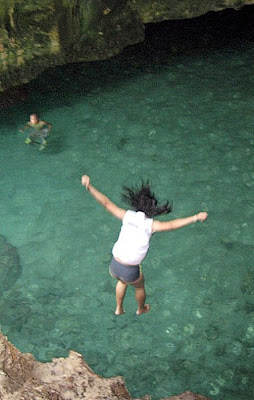From Merdeka Square, our Indian tourist guide brought us to the Crafts Village where we visited Beryl’s Chocolate Kingdom, the largest chocolate showroom in Malaysia and a Malaysian manufacturer of quality chocolates with a regional expansion. Located just opposite the Dorsett Hotel (where we were staying), this outlet, opened in 2006, is housed in a converted bungalow.
Heaven for a chocolate lover like me here, they offer taste tests inside for their many selections which included chocolate with chili, green tea or durian flavor; chocolate with your favorite fruit flavor, or chocolate with tiramisu and almonds (introduced in 2003), all dark chocolates. The choco milk version is also available. You name it they have it. Bar chocolate (raisins, almond, coconut, etc), camior bar chocolate, Ghana chocolate, tiramisu chocolate and gift packs are the popular buys. I bought some boxes of tiramisu chocolates.
The company, formerly called Real Chocolate Industry,was incorporated in 1995, starting out with 3 products – the Triangle Bar Chocolate (replaced by Camior in 1998), Popcorn Chocolate and tinned Almond & Assorted Nuts Milk Chocolate.
In 2000, new varieties of chocolate were developed and introduced and the company changed her name to Beryl’s Chocolate & Confectionery Sdn Bhd. In 2001, Beryl’s introduced her new and improved Camior chocolate bar that included a new shape and packaging. In addition to that, Beryl’s introduced the Black Bitter Chocolate and 500 g Jar Panned selection to the Malaysian market. In 2004, the Black Bitter line of chocolates was refreshed with new and improved offerings.
Beryl’s Chocolate Kingdom: 38 Jalan Utara, Off Jalan Imbi, 55100 Kuala Lumpur, Malaysia. Tel: 603-21458211. Fax: 603-21459211. Email : lausanne@berylschocolate.com. Website: www.berylschocolate.com.my.

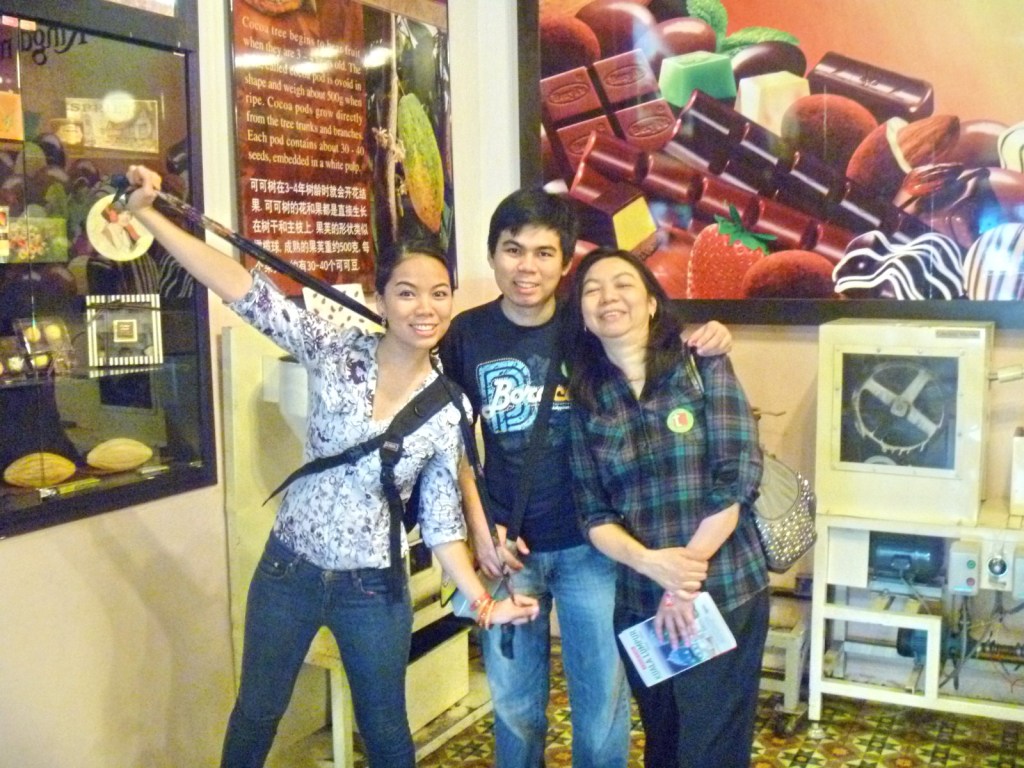
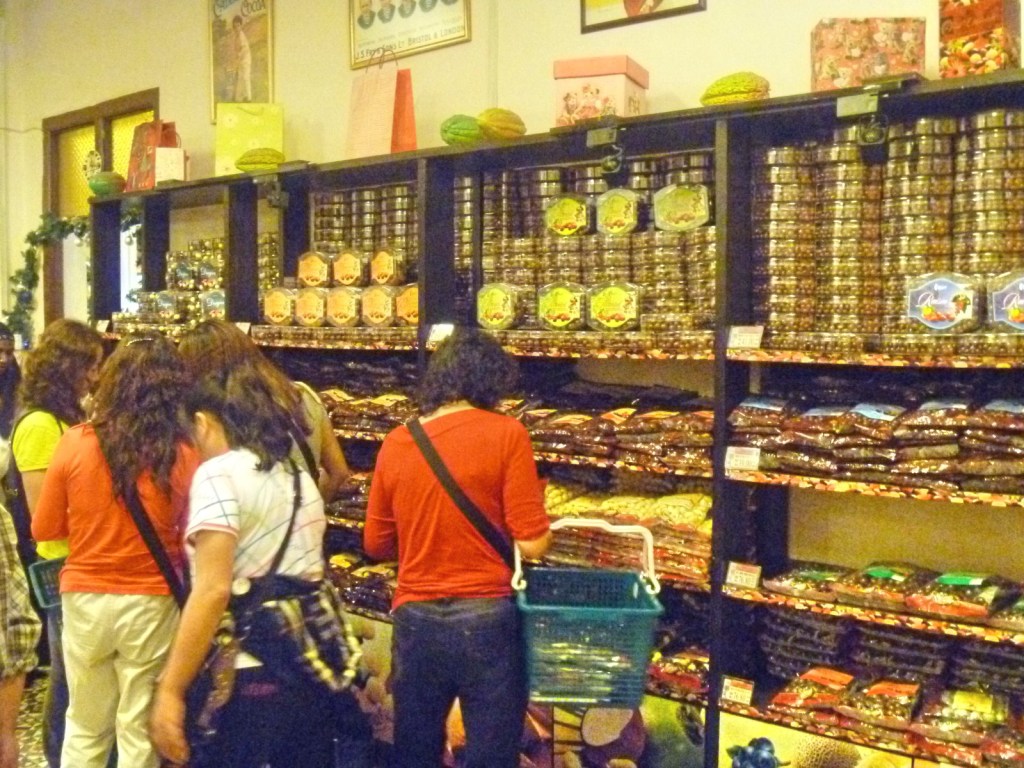
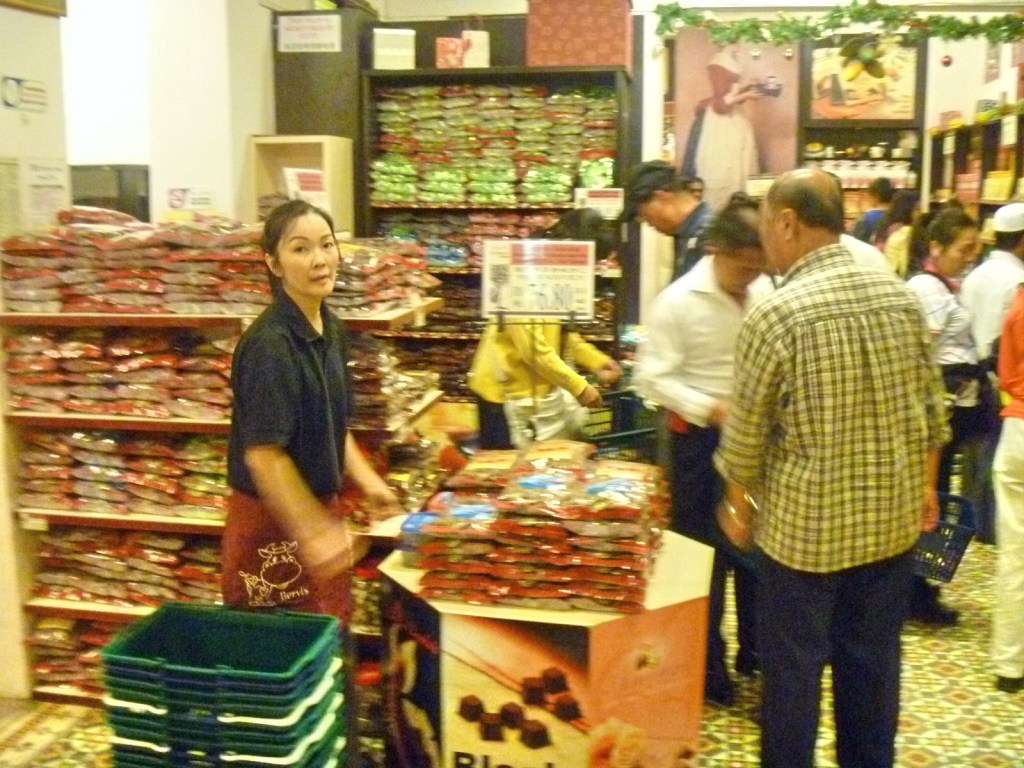



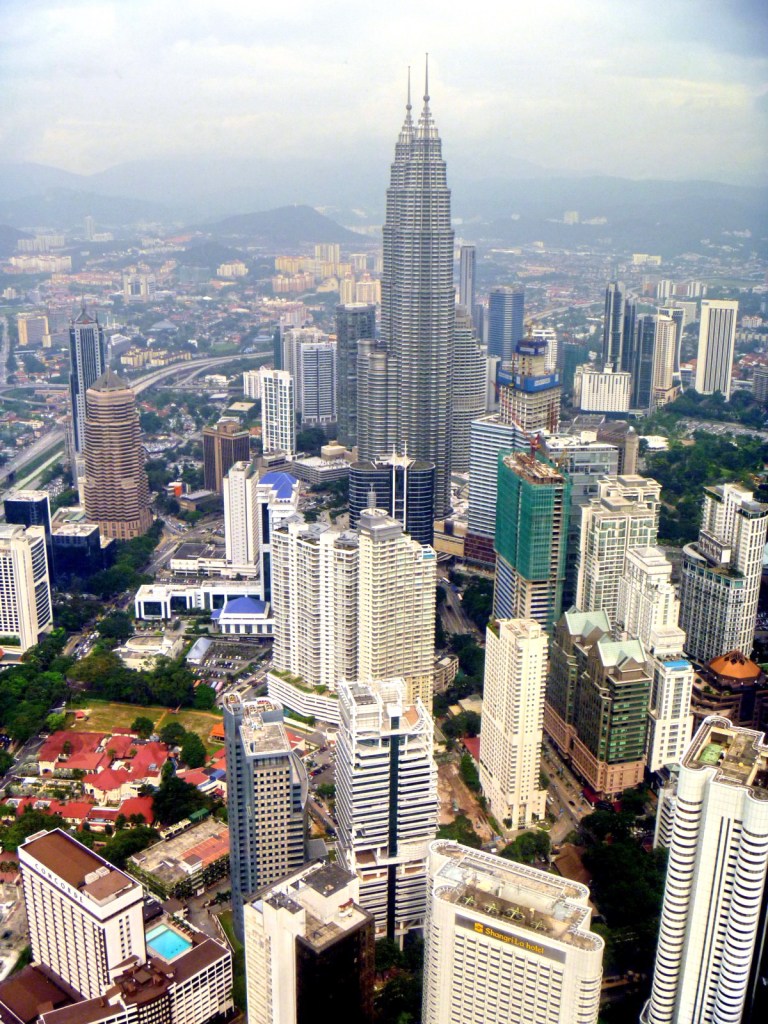



.jpg)
.jpg)

.jpg)
